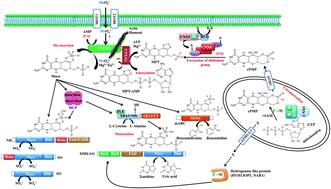Molybdenum (Mo) is a very scarce element whose function is fundamental in living beings within the active site of Mo-oxidoreductases, playing key roles in the metabolism of N, S, purines, hormone biosynthesis, transformation of drugs and xenobiotics, etc. In eukaryotes, each step from Mo acquisition until its incorporation into a biologically active molybdenum cofactor (Moco) together with the assembly of this Moco in Mo-enzymes is almost understood. The deficiency in function of a particular molybdoenzyme can be critical for the survival of the organism dependent on the pathway involved. However, incapacity in forming a functional Moco has a pleiotropic effect in the different processes involving this cofactor. A detailed overview of Mo metabolism: (a) specific transporters for molybdate, (b) the universal biosynthesis pathway for Moco from GTP, (c) Moco-carrier and Moco-binding proteins for Moco transfer and (d) Mo-enzymes, is analyzed in light of recent findings and three systems are compared, the unicellular microalga Chlamydomonas, the plant Arabidopsis and humans.

You have access to this article
 Please wait while we load your content...
Something went wrong. Try again?
Please wait while we load your content...
Something went wrong. Try again?


 Please wait while we load your content...
Please wait while we load your content...